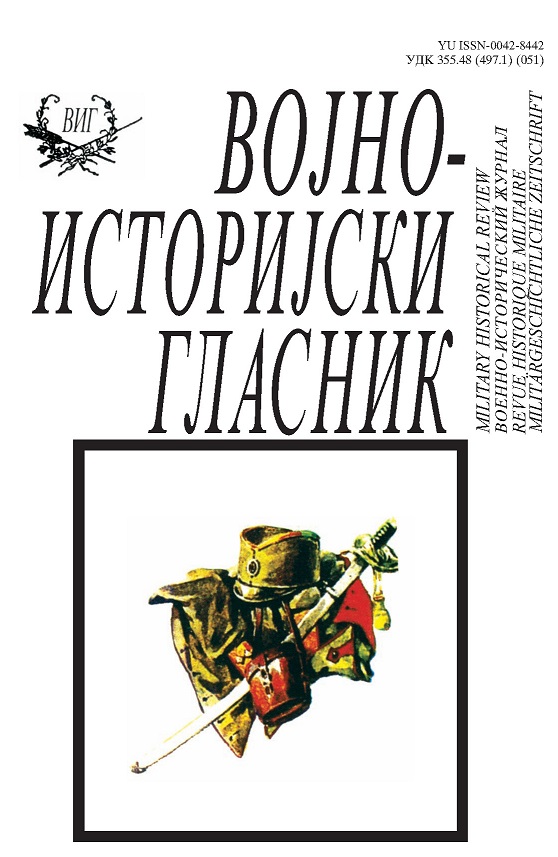Страни утицаји на развој југословенске војне доктрине о оклопним јединицама (1918–1941)
Foreign Influence on the Development of the Yugoslav Military Doctrine on Armored Units (1918–1941)
Author(s): Dalibor DendaSubject(s): Military history, Political history, International relations/trade, Military policy, WW II and following years (1940 - 1949)
Published by: Institut za strategijska istraživanja
Keywords: Yugoslavia; Yugoslav Army; military doctrine; armored units; foreign influence; mid-1940; training; tank units;
Summary/Abstract: Yugoslav military doctrine on the use of armored units and defense against them was based on French postulates at the beginning. Then it significantly changed and started to adapt to the actual situation in mid-1940. Unfortunately, this adaptation came too late to influence the thinking of most Yugoslav officers and only under the influence of combat in which German armored and motorized units had the main role and gave the war great maneuverability. The Yugoslav military press and officers were very well informed about all contemporary doctrines and discussions regarding the development of tactics of armored units in the period between the two wars. The General Staff Headquarters stopped the development of Yugoslav doctrine when Army General Dušan T. Simović served as chief. In the period when the doctrine and armament plans were created, Simović held the opinion that the role of armored units in the war to come was overrated. His thinking postponed the purchase of a large number of tanks for the year 1941/1942. Therefore Yugoslav troops entered the war with insufficient training and equipped only with weak tank units and counter-armor cannons of small caliber.
Journal: Vojnoistorijski glasnik
- Issue Year: 2010
- Issue No: 1
- Page Range: 157-171
- Page Count: 15
- Language: Serbian

